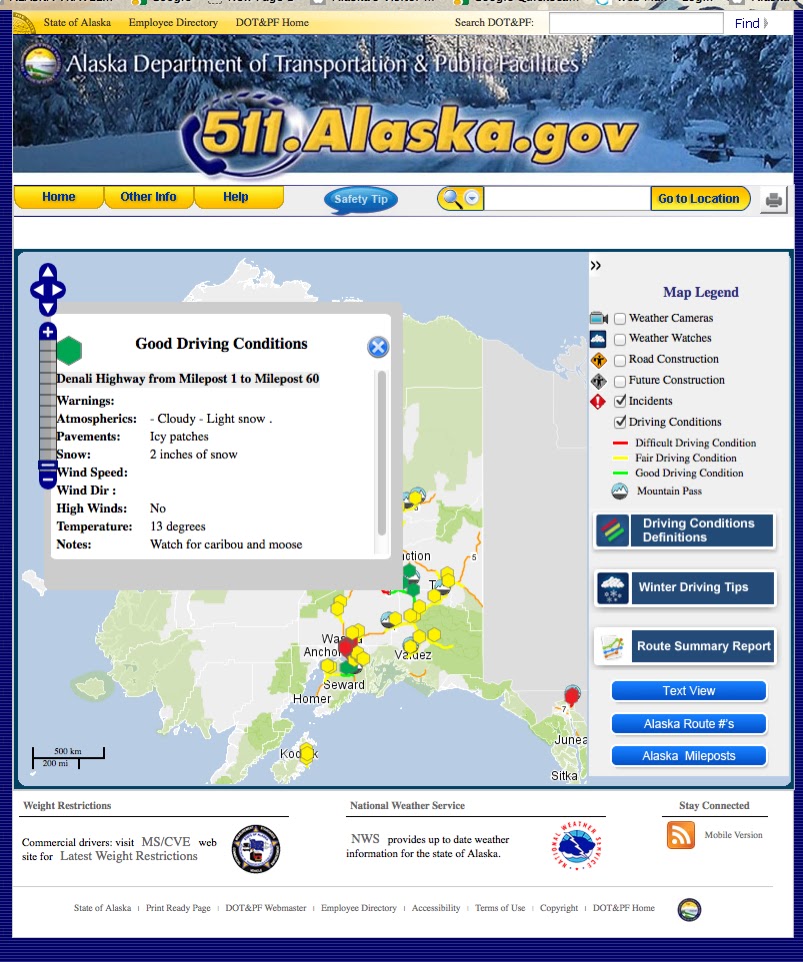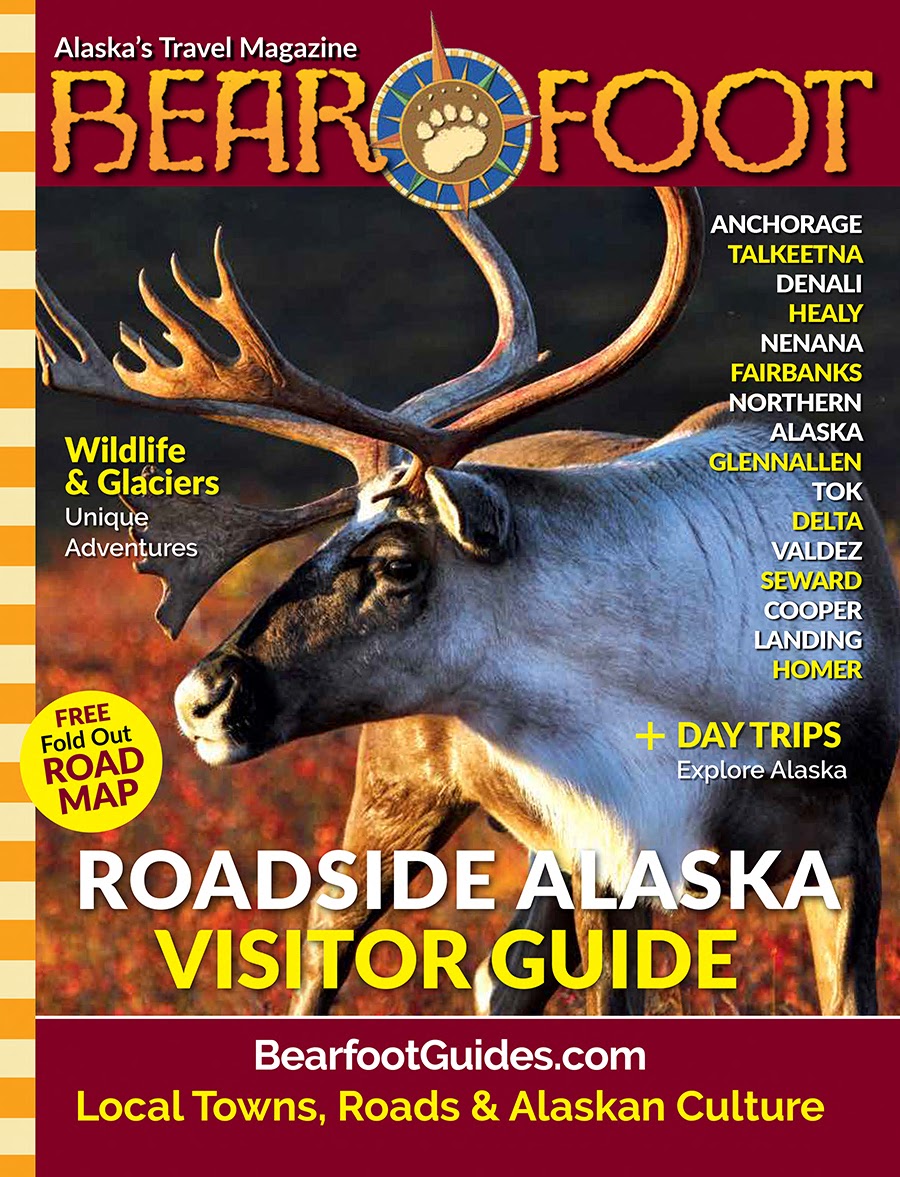Major Safety Measures At Anchorage International: Country Journal Report
We went to the airport a week ago, to see what they're doing about safety measures. And to take photos, so you wouldn't have to wait...
 |
| We went to the airport a week ago, to see what they're doing about safety measures. And to take photos, so you wouldn't have to wait until you go there yourself. |
PLANE TALK
There are three ways to get to Alaska from somewhere else -- land, sea and air. This Bearfoot Report addresses some of the advancements happening in safer air travel, both in Alaska and in other parts of the world.
Air travel is the key to reinstating some degree of normalcy to regular life, and to bringing in Outside tourism to Alaska.
Anchorage International Steps Up Sanitizing & Cleaning To Make Air Travel Safer
Ted Stevens International has gone all-out in addressing the issues of coronavirus. The airport is using commercial grade disinfectants on high-touch surfaces. Its restrooms are disinfected by special crews every shift -- crews that are solely dedicated to that task. Each part of the terminal is sanitized regularly, including all "high touch" areas floors, vertical surfaces and drinking fountains.
When you go into the airport you'll notice the following:
"We've done a couple of things with the elevators. All our main elevators were outfitted a month ago with ionizing air purification systems. In addition to our high-touch cleaning teams continuously making rounds wiping things down, our primary elevators in high traffic areas have self-cleaning button covers. The nano-septic button covers use the chemical process of oxidation."
"At your feet underneath all of the inspection plates and protective covers there are some high intensity LED lights that emit UV-C light. You wouldn't want to look at them. The UV light is not good for your eyes. The handrail is continuously moving, just like the escalator steps. As the handrails continuously revolve they pass through that light where they’re sterilized."
Floors at the airport are cleaned with high capacity cleaners and HEPA filters.
Additionally, all employees who come in contact with customers must maintain a social distance of at least six feet. If that's not possible, they must use physical barriers and masks. Restaurants and bars must follow all state mandates for seating arrangements and face masks. Dining surfaces must be sanitized between customers, and all shops at the airport must offer touch less payment.
The airport staff has been working on safety measures for months, said Eland. "We wanted to put the travelers' minds at ease."
In general, people have been worried about the safety of airplanes. To address this issue, United Airlines has been vigorously conducting tests on Boeing planes, simulating flights for as long as 12 hours. The studies use mannequins that "cough." The mannequins throw out traceable aerosols that can be tracked throughout a cabin.
United is elated by the results so far.
Thousands of Hawaii visitors are expected to take advantage of the new program. The state says that around 80% of inbound trans-Pacific passengers are using the test instead of quarantine. The state says it'll start a surveillance program that would randomly again test 10% of the travelers four days after they came onto the islands, to make sure they are still virus-free.














